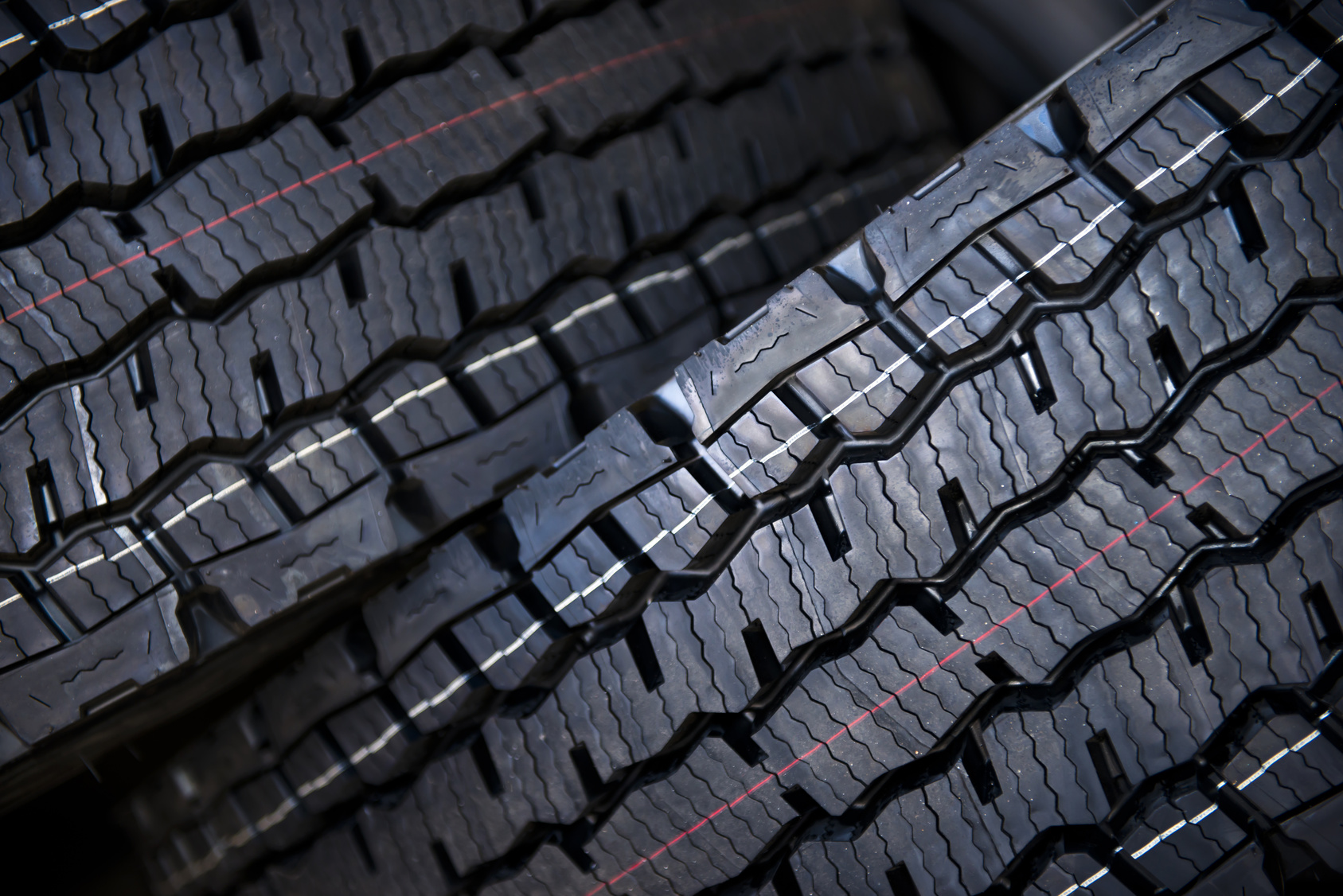In terms of ensuring the durability and efficiency of heavy-duty vehicle performance, one of the key but often ignored elements is tire rotation. Ensuring that semi-truck tires Montreal are rotated regularly can greatly influence beyond the lifespan of the tires but also the overall performance and protection of the vehicle on the road. Taking into account the demands of prolonged journeys and burdens, adequately addressing tire wear becomes vital for transportation professionals and fleet managers alike.
This article will examine the value of tire rotation in semi-trucks, as well as an array of associated themes that can assist you in making informed decisions about your tire selections and service routines. From comprehending the differences between steering and rear tires to identifying the signs that point out it may be time for a replacement, we will offer guidance that will help keep your truck functioning well and efficiently for miles to come.
Selecting the Right Tires for Your Semi-Truck
Selecting the optimal tires for your semi-truck is important for ensuring best performance, safety, and durability. Your choice will depend on several factors such as the kind of loads you carry, the terrain you navigate, and the weather conditions you typically encounter. Grasping the requirements of your specific routes and cargo can considerably impact your productivity and costs. For example, if you often drive on highways, you could prioritize tires that offer low rolling resistance for enhanced fuel efficiency.
It is also crucial to think about the different categories of tires available. Steer tires and drive tires are designed for distinct purposes; steer tires offer enhanced handling and steering responsiveness, while drive tires offer improved traction and durability for powering the truck ahead. Additionally, the load rating of a tire is a critical factor; you need tires that can safely support the weight of your truck and its cargo without jeopardizing performance.
Don’t forget about seasonal variations. If you work in regions that experience extreme winters, choosing all-season or dedicated winter tires can enhance traction and safety during challenging weather conditions. Ultimately, investing the time to choose the right tires for your semi-truck will extend tire life, enhance fuel efficiency, and improve overall safety on the road.
Tire Care and Security

Adequate tyre care is crucial for the security of heavy vehicle operations. Regular inspections aid detect indicators of wear or damage that could lead to tire blowouts. Operators should check tire depth, look for irregular wear, and ensure there are no obvious cuts or side problems. These checks should be a routine part of the pre-departure inspection procedure, ensuring that the vehicle is road-ready and minimizing the risk of blowouts or other tire-related accidents.
Maintaining proper tire pressure is also important for security and efficiency. Under-inflated tires can heat up and lead to failures, while high-pressure tires may wear out irregularly and affect control. Truck managers should train their operators on the importance of upholding the appropriate tyre inflation levels as specified by the maker. Using TPMS can aid in checking inflation levels in real-time, allowing for prompt adjustments to prevent problems before they arise.
Furthermore, rotating tires regularly is crucial for even tire wear, extending tyre life and improving safety. Uneven wear can compromise the vehicle's control, especially in poor weather conditions. A properly organized rotation schedule aligned with factory recommendations contributes to better fuel efficiency and assists optimize overall performance. Through the incorporation of these maintenance practices, fleets can improve safety and lower sustained running costs associated with tyre replacements.
Grasping Tire Regulations and Tech Innovations
Semi-truck tire regulations are essential for guaranteeing safety on the road. The Department of Transportation has set forth specific protocols regarding tire production, quality, and performance. These standards cover aspects such as tread depth, load ratings, and pressure requirements, which are essential for maintaining tire integrity. Fleet operators must keep updated about these standards to ensure their tires comply, staving off penalties and enhancing road safety for everyone involved.
Innovations in tire engineering play a significant role in improving heavy-duty truck performance and longevity. Innovations such as connected tires equipped with Tire Pressure Monitoring Systems (TPMS) provide live data on tire status, assisting drivers and fleet supervisors actively manage tire health. Furthermore, sustainable tire options are increasingly more popular, offering minimized rolling resistance and improved fuel efficiency, which can produce cost savings over time.
As technology continues to evolve, understanding the integration of new materials and designs is crucial for optimal tire selection. Fleet operators should evaluate factors like tire tread patterns and arrangements suited for different road conditions and temperatures. Keeping informed of these innovations not only enhances tire longevity but also adds to overall efficiency and safety in fleet operations.
